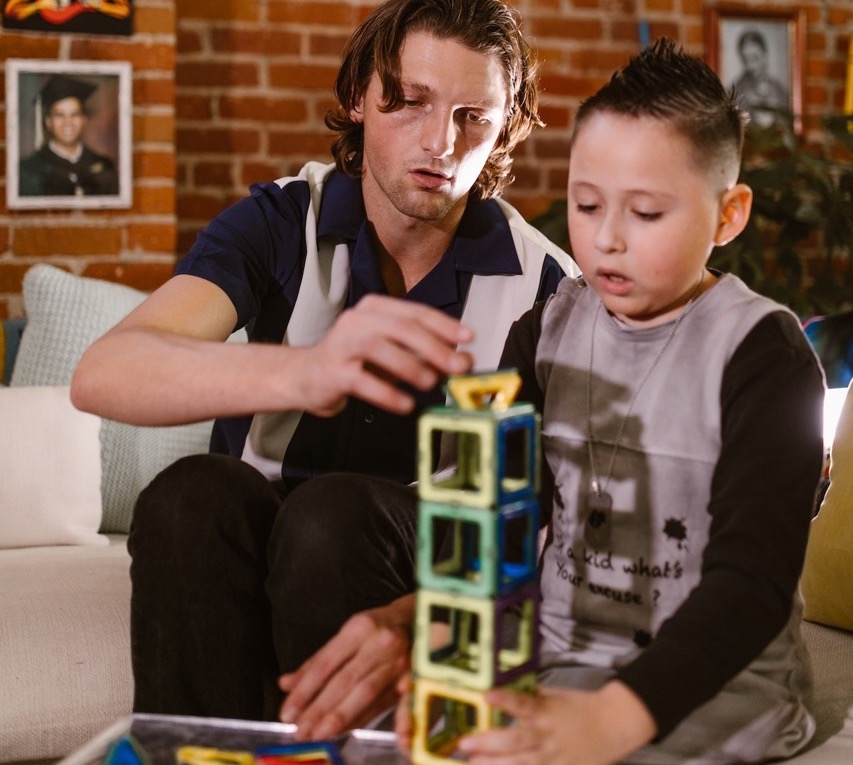Homeschooling: Teaching at Home and Effective Methods
When children return home after a long day at school, they are carrying their school bags full of the knowledge and information they have acquired during the school day. As academic pressures and responsibilities increase, the role of parents in providing homeschooling and assistance to children in applying lessons and completing schoolwork becomes vital. Understanding how to guide and motivate children in their learning after they return from school is key to their academic success and developing self-learning skills.
How to teach children at home
1. Motivating the child to study:
Motivation should be an important part of the homeschooling process. You can motivate your child by offering small rewards when they complete tasks. For example, if a child successfully finishes his homework, you can reward him by letting him watch an episode of his favorite series or play with him for a few minutes. This makes learning a stimulating experience for him.
2. Creating a suitable atmosphere:
The child should have a quiet and organized place to study. You can create a small dedicated desk for him with school supplies available such as crayons, paper, and textbooks. When a child has a designated place for learning, he or she will be more willing to engage in studies.
3. Determine a specific time to study:
Set a daily schedule for study sessions. For example, you can set aside two hours a day to focus on academic material. This could be in the morning after waking up or in the afternoon after returning from school. When there is a set schedule, the child will know when to focus on studying and become more regular.
4. Care and focus on the child during teaching:
When you homeschool your child, try to provide personal help and support. Find out what learning style suits him. For example, if your child prefers to learn through hands-on examples, you can use science experiments and hands-on activities to explain concepts. When you are present and engaged, you will be able to understand his needs and help him overcome study difficulties.
These are some examples of how to apply the points mentioned in teaching your child at home. Remember that homeschooling depends on meeting the child’s needs and providing a supportive and stimulating environment to enhance his skills and knowledge.

Homeschooling: Methods of teaching children at home
When you decide to homeschool your child, you can use a variety of methods to deliver knowledge effectively. Here are some effective methods:
1. Teaching by playing:
Play is one of the best ways to teach children. You can use educational games to reinforce basic concepts such as numbers, letters, and shapes. For example, you can use building blocks to teach children math or card games to improve reading skills.
you can read more about Educational Games: How to Enhance Children’s Learning Through Play?
2. Books, magazines and stories:
Make books and magazines available that are appropriate for your child’s age. You may read stories to him and discuss them with him to understand the plot and characters. You can also encourage children to read on their own and offer rewards to motivate them to keep reading.
3. Documentary films and educational videos:
Documentaries and educational videos can be used to expand a child’s knowledge on various topics. For example, you can watch a documentary about animals to teach children about biodiversity and the environment.
4. Flashcards:
Use flashcards to teach new vocabulary and concepts. You can create word and picture cards and use them to practice reading, writing, and even arithmetic.
In these many ways, you can provide a varied and exciting learning experience for children at home. Use methods that suit your child’s needs and interests to ensure you get the most out of homeschooling.








